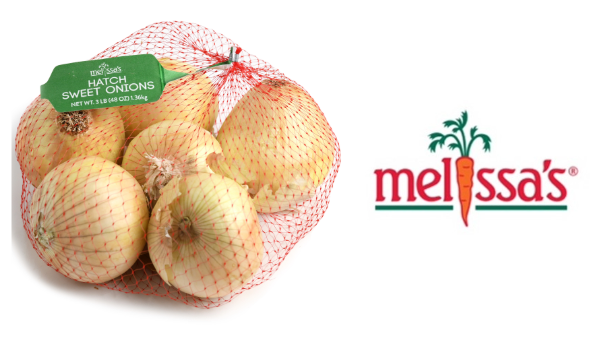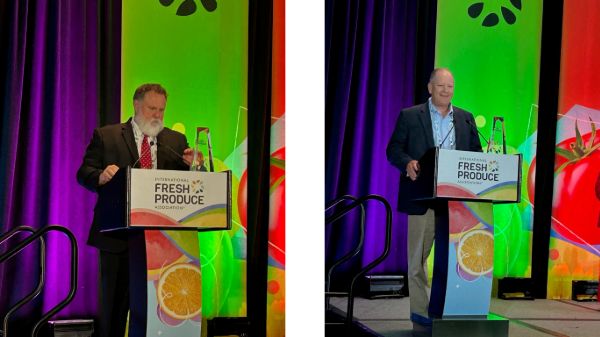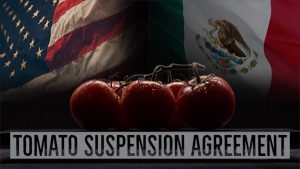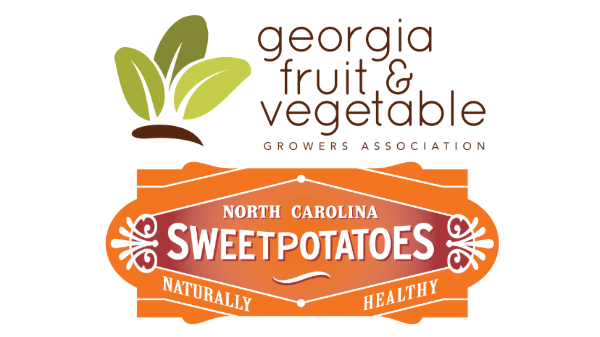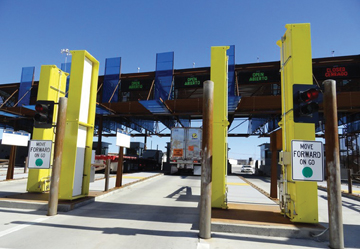
After years of research, development, planning, and construction, the newly renovated and expanded Mariposa Land Port of Entry is finally open for business. Nogales, home to the Mariposa Port, handles more than a third of all Mexican produce coming into the United States, and the improvement are vital to the increasing flow of trade with Mexico and Central America.
Mariposa: Past, Present, and Future
Nogales has a rich history of border crossing and trade. Originally a trade route for indigenous societies, the crossing was later used by gold-seeking Conquistadors. The first Mexican-American border in the region was built in 1918.
In 1973, the port of entry was built to divert commercial traffic away from Nogales’ heavily constricted Grand Avenue crossing. Over the decades, as more and more produce and other goods crossed the border from Mexico to the United States, the original port became too small to handle the traffic and volume.
The Rebuild Project
To alleviate lengthy delays and increase border-crossing efficiency, the Mariposa Land Port of Entry underwent a $244 million remodel that began in 2009 and was completed in August 2014. The Port officially reopened on October 15, 2014.
The recent remodel project included the acquisition of 13 additional acres around the port, and installation of solar power panels and other energy efficiencies that contribute to heat and light, as well as rainwater harvesting.
According to the Greater Nogales – Santa Cruz County Port Authority, the facility will now be able to process more than 4,000 trucks per day, ranking among the largest in the nation in throughput capacity. This will certainly help with produce imports—over the past decade, fresh and processed fruit and vegetable imports from Mexico have steadily increased from 8 billion pounds to 15.5 billion pounds, and the number of trucks crossing the border from 212,000 to 386,000.
In addition, the Arizona Department of Transportation added more lanes to the interstate artery and access road from Nogales (I-19) on the U.S. side of the border. Geographically, Nogales is ideally located where the I-10 and I-19 corridor intersects with Mexico’s highway 15, the main northbound route for products from Mexico’s western coast.
Another positive is the recent extension of the Nogales Foreign Trade Zone to include all of Santa Cruz County. This means receivers and distributors who qualify could receive significant tax benefits and duty deferral or relief. And with one of the nation’s largest collection of repacking and distributions hubs near Nogales, this is good news indeed.



